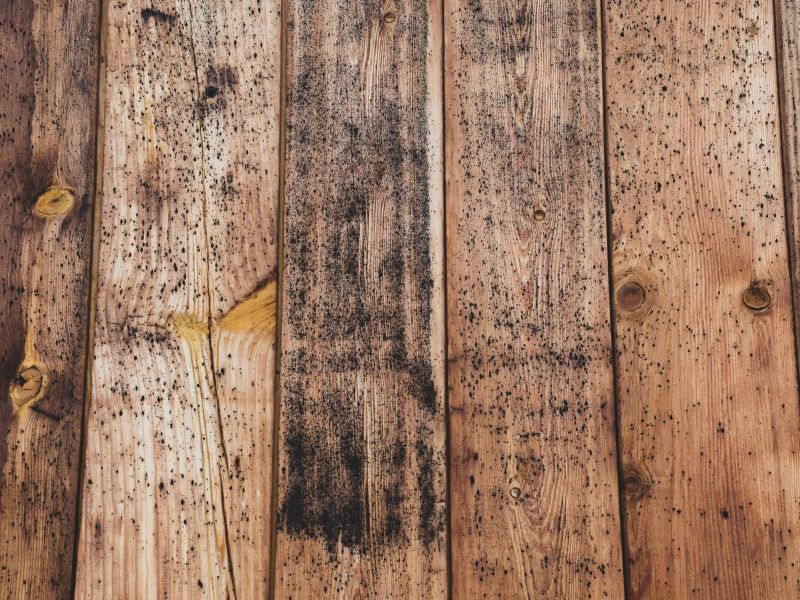Mold is a common problem that can affect many different surfaces in your home, including wood. Wood is a porous material that can absorb moisture, making it a prime target for mold growth. Not only is mold unsightly, but it can also be harmful to your health and the structure of your home.
If you have noticed mold on your wood surfaces, it's important to take action as soon as possible to remove it. In this article, we will discuss some expert tips and tricks for removing mold from wood.
- Identify the type of mold
The first step in removing mold from wood is to identify the type of mold you are dealing with. There are several different types of mold that can grow on wood, including black mold, which is a toxic type of mold that can cause serious health problems. It's important to take the necessary precautions when dealing with black mold, such as wearing protective gear and working in a well-ventilated area.
- Remove the source of moisture
The second step in removing mold from wood is to remove the source of moisture. Mold needs moisture to grow, so if you can eliminate the source of moisture, you can stop the mold from growing. This may involve fixing a leaky roof or plumbing, or using a dehumidifier to reduce humidity levels in your home.
- Clean the area
Once you have identified the type of mold and removed the source of moisture, the next step is to clean the area. You can use a mixture of water and white vinegar to clean the moldy wood. The vinegar will help to kill the mold and remove any musty odors. Be sure to scrub the area thoroughly with a brush or a rag.
- Dry the area
After cleaning the area, it's important to dry it completely. This can be done by using a fan or opening a window to increase air flow. You can also use a dehumidifier to remove any remaining moisture. It's important to make sure that the area is completely dry before you start any repairs or repainting.
- Repair or replace the wood
If the mold has caused serious damage to the wood, you may need to repair or replace it. This can involve removing and replacing affected boards, or sanding and repainting the wood. If the mold has caused extensive damage, it's best to consult with a professional to determine the best course of action.
- Prevent future mold growth
Once you have removed the mold from your wood surfaces, it's important to take steps to prevent it from growing back. This may involve using a mold inhibitor on the wood, or installing a ventilation system to reduce humidity levels in your home.
In conclusion, mold is a common problem that can affect wood surfaces in your home. The key to removing mold from wood is to identify the type of mold, remove the source of moisture, clean the area, dry the area, repair or replace the wood if necessary, and prevent future mold growth. With the right techniques and a bit of effort, you can effectively remove mold from your wood surfaces and keep your home healthy and safe.

